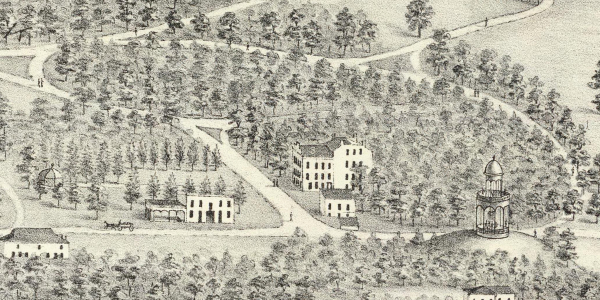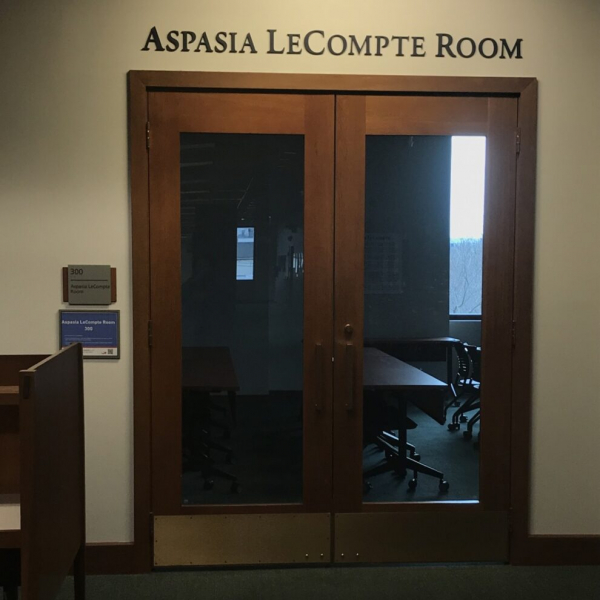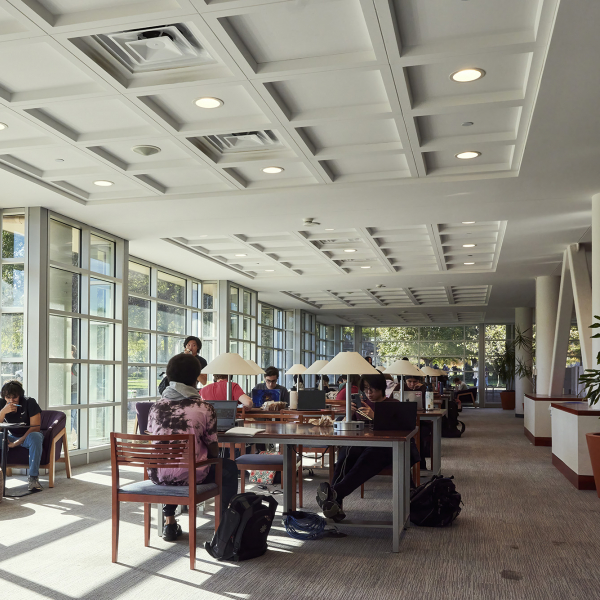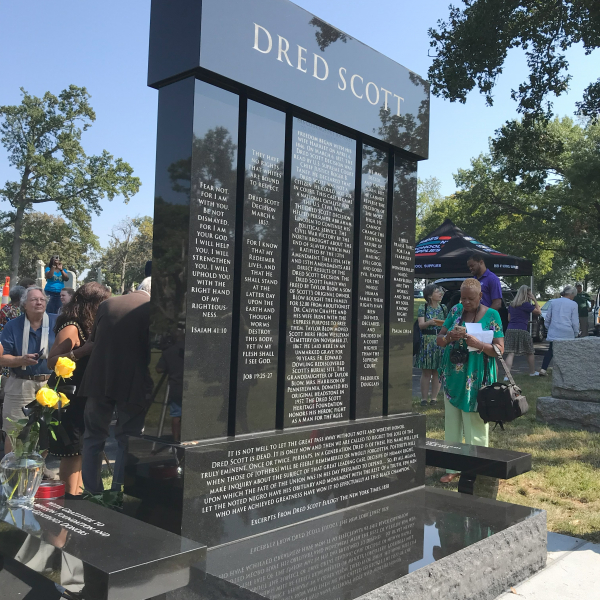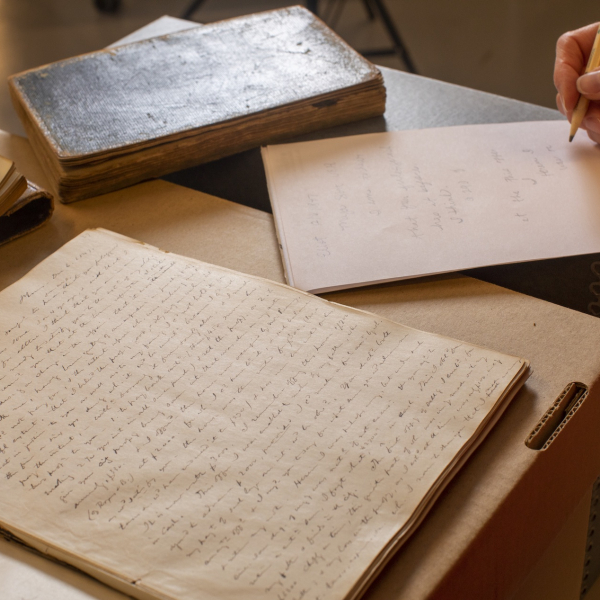John O'Fallon (1791-1895) was a nephew and later adoptee of William Clark and a former Captain (not Colonel) in the U.S. military. He fought in the War of 1812 and a series of battles with Native Americans commonly termed Indian Wars. After President Jackson signed the Indian Removal Act (1830), John O’Fallon helped his uncle remove Native Americans from their lands east of the Mississippi River. He amassed great wealth through the machinations of white settler colonialism, first by supplying colonial expeditions hastened in large part by his uncle, William Clark, and later through investments in enslavement, land, banking, and railroads which built on these networks. Though he attained the military rank of captain O'Fallon gave himself the title colonel, believing it more befitting his stature, and contemporaries and public memory have largely obliged. He is also misremembered as a "self-made man,” as his prominence was significantly derived from the dispossession of Native Americans and enslavement of African Americans.
O’Fallon was likely the wealthiest man and largest slave holder in St. Louis at the time of WashU's founding (1853). The university was briefly named O'Fallon Institute before becoming Washington University, and O'Fallon was an early trustee and major benefactor of this institution as well as of Saint Louis University. A prominent and active member of Missouri’s slaver aristocracy, O'Fallon enslaved more than seventy-seven (77) people, according to data collected from the 1830 -1860 censuses. William Clark bequeathed an enslaved family - Easter and her children Hannah, Harry, and her infant son - to John O'Fallon in 1817. John O'Fallon was committed to the defense of chattel slavery and white racial dominance. He is reported to have served as Foreman of the Grand Jury that declined to indict the racist mob responsible for the 1836 lynching of Francis McIntosh, in part to counter the growing tide of abolitionisn, and to have led St. Louis's Anti-Abolition Society in the late-1840s. In July 1856, at least three people enslaved to O'Fallon sought to escape their bondage. One of WashU’s early buildings, O’Fallon Polytechnic Institute, opened in 1867 at 7th and Chestnut Street, the very intersection where Francis McIntosh was burned alive three decades earlier.
Research compiled by Geoff Ward and Kelly Schmidt. Last updated January 2021; Recommended citation: Geoff Ward and Kelly Schmidt, “Remembering John O’Fallon,” WashU & Slavery Project, 2021.
Sources: Rowe, Mary E. “John O’Fallon” in Christensen et al. (eds.), Dictionary of Missouri Biography, University of Missouri Press, 1999; Darby, John Fletcher.Personal Recollections of Many Prominent People Whom I Have Known: And of Events--especially of Those Relating to the History of St. Louis--during the First Half of the Present Century. Published by Subscription. No. 961. GI Jones, 1880; Marshall D. Hier, "Judge Luke Lawless’s Transcendent Charge to the Grand Jury," St. Louis Bar Journal v. 64, no. 2, Fall 2017; Walter B. Stevens, History of St. Louis, The Fourth City at 520 (S. J. Clarke Publishing Co. 1909); Weekly Reveille (newspaper), November 13, 1846.
Thumbnail image: John O’Fallon,1860 U.S. Census –Slave Schedules, St. Louis Township; John O’Fallon, Steel Engraving by A.H. Ritchie, 1883. Courtesy Missouri Historical Society. Photo composite by Ian Lanius.
Header image: John and Catharine O'Fallon's Athlone mansion and the surrounding grounds, which became O’Fallon Park, as depicted on Compton and Dry’s 1875 panoramic map Pictorial St. Louis. Courtesy of Missouri Historical Society.

